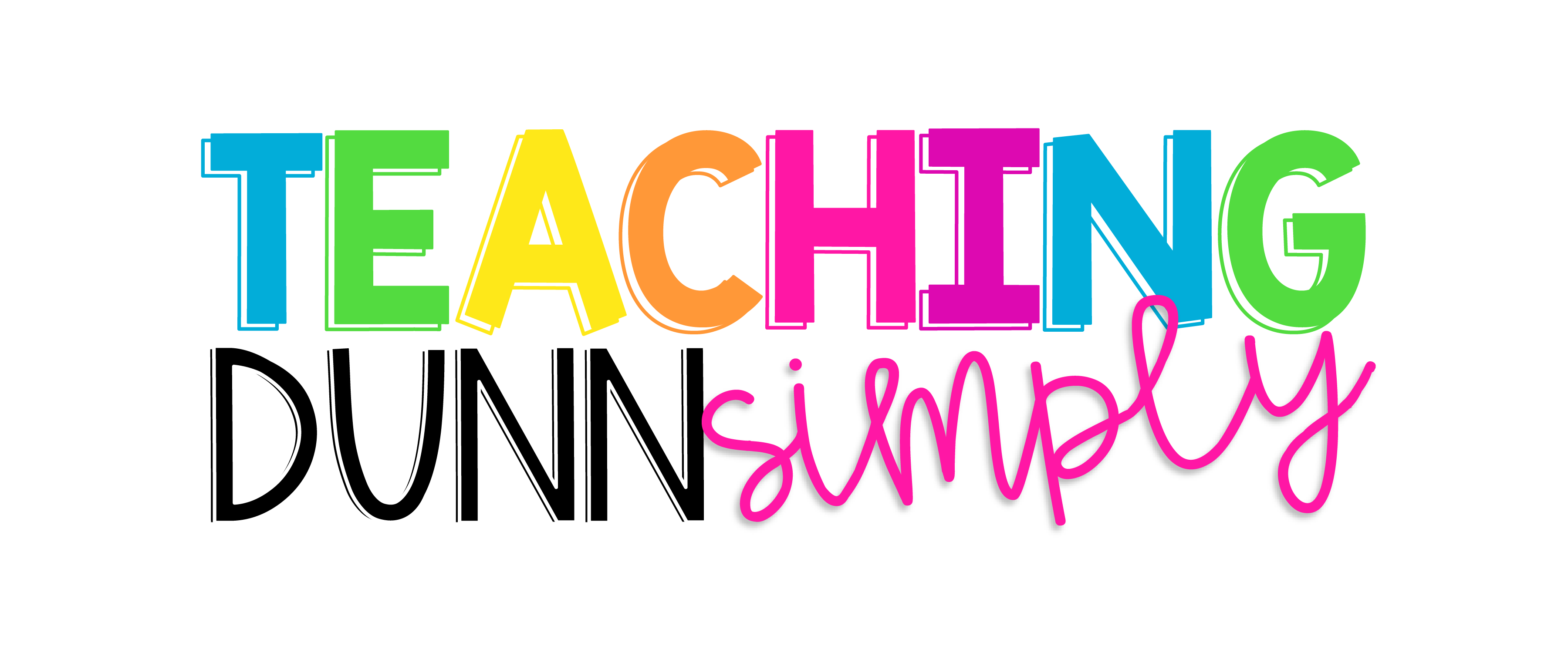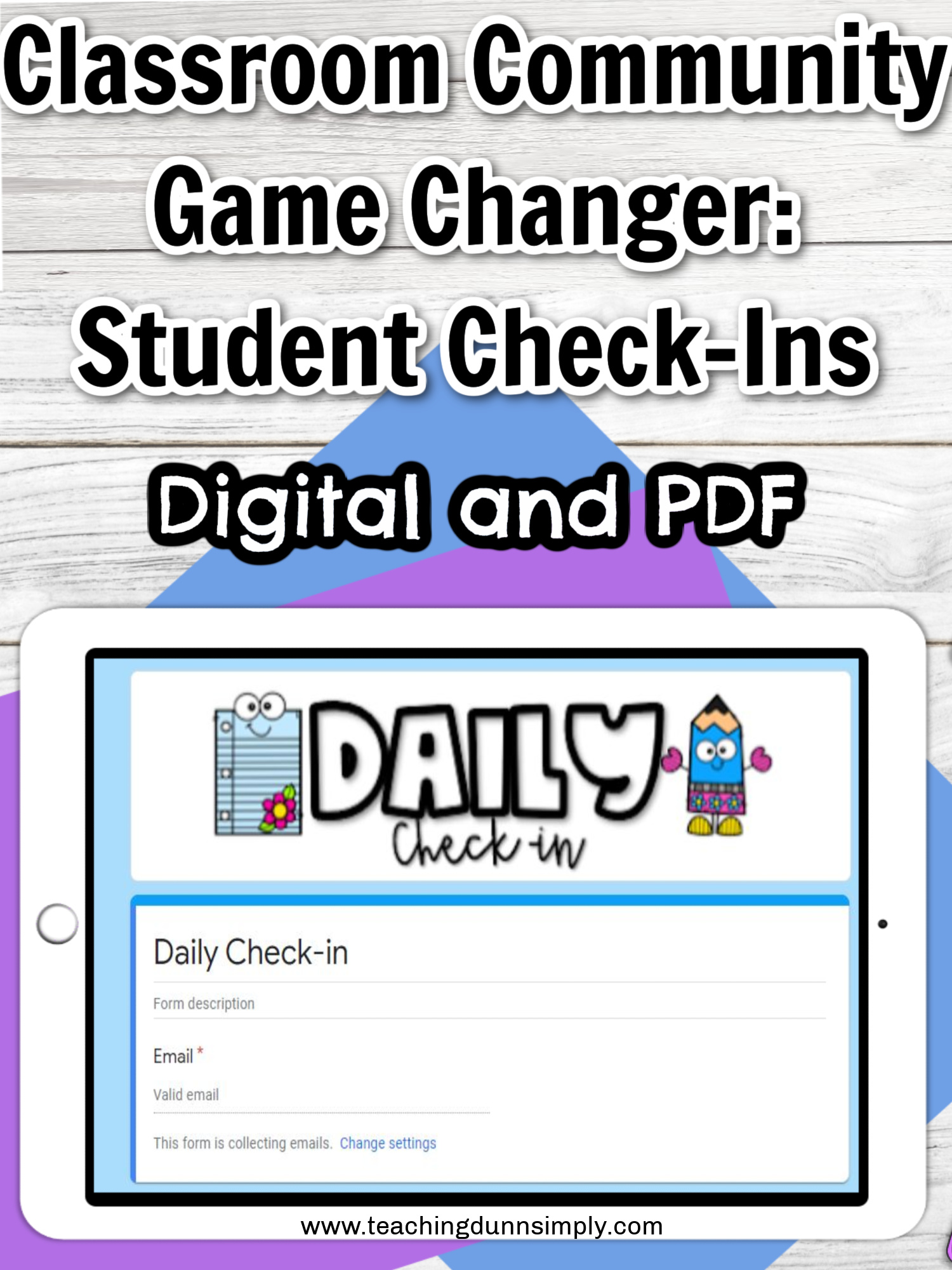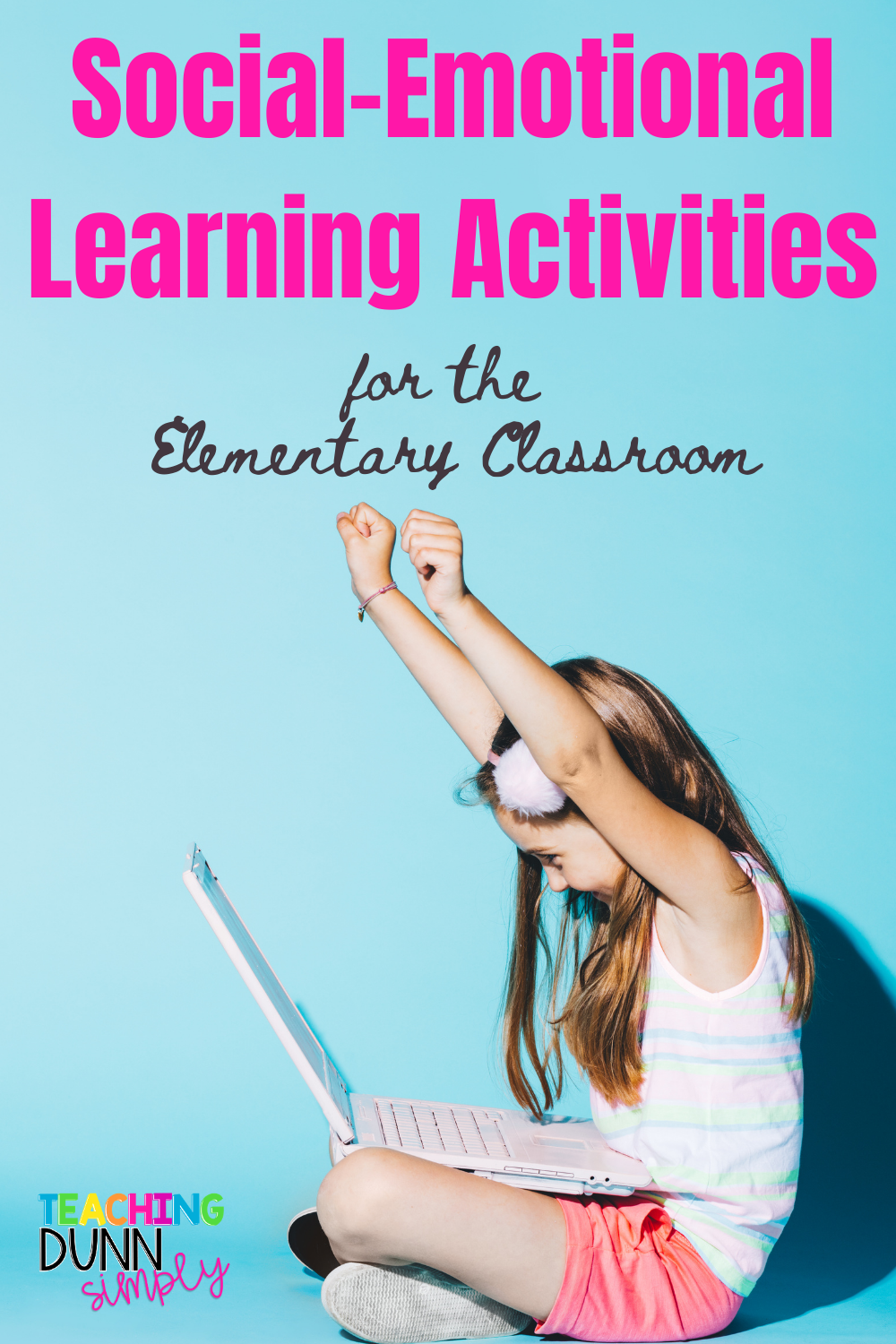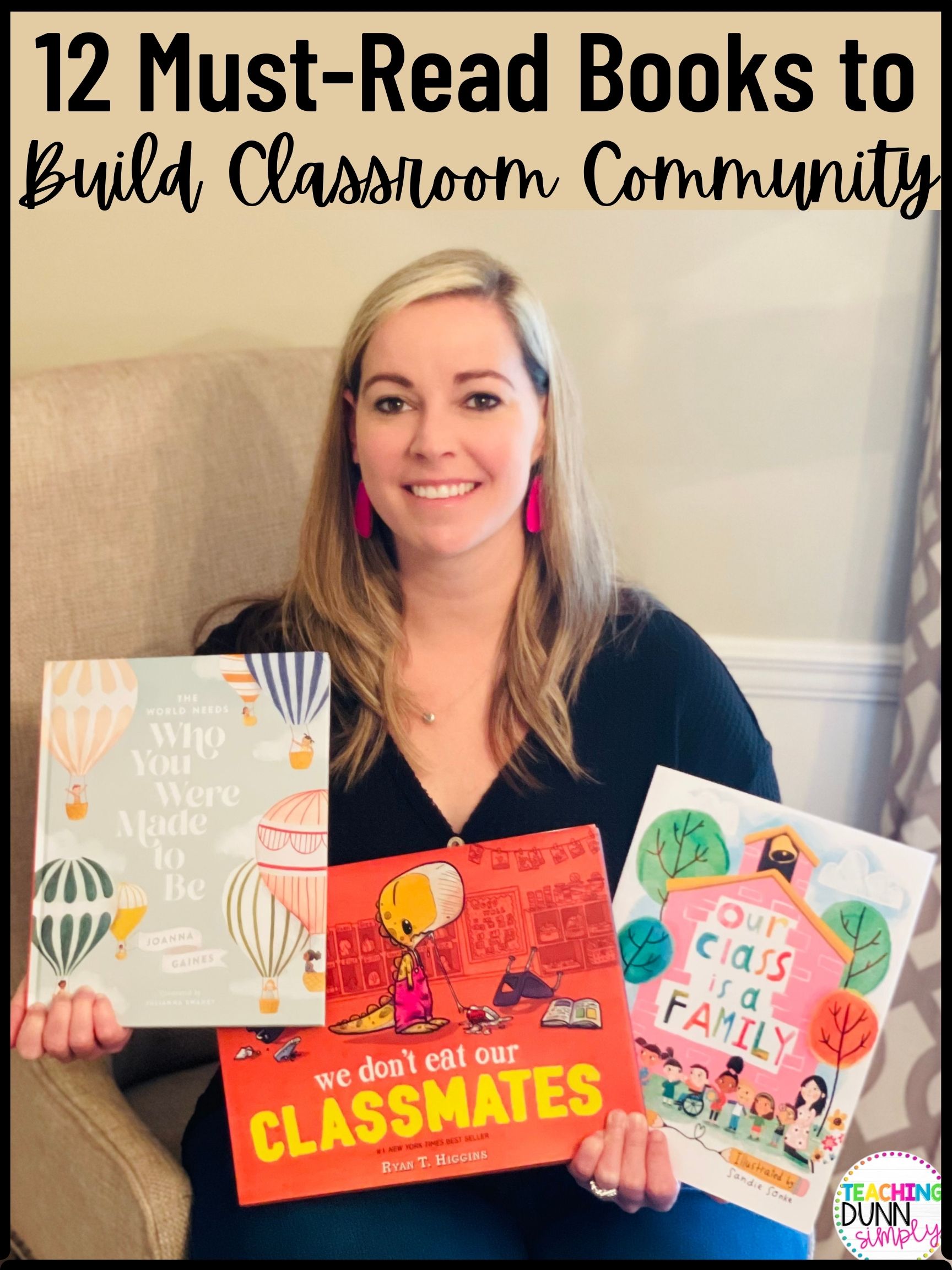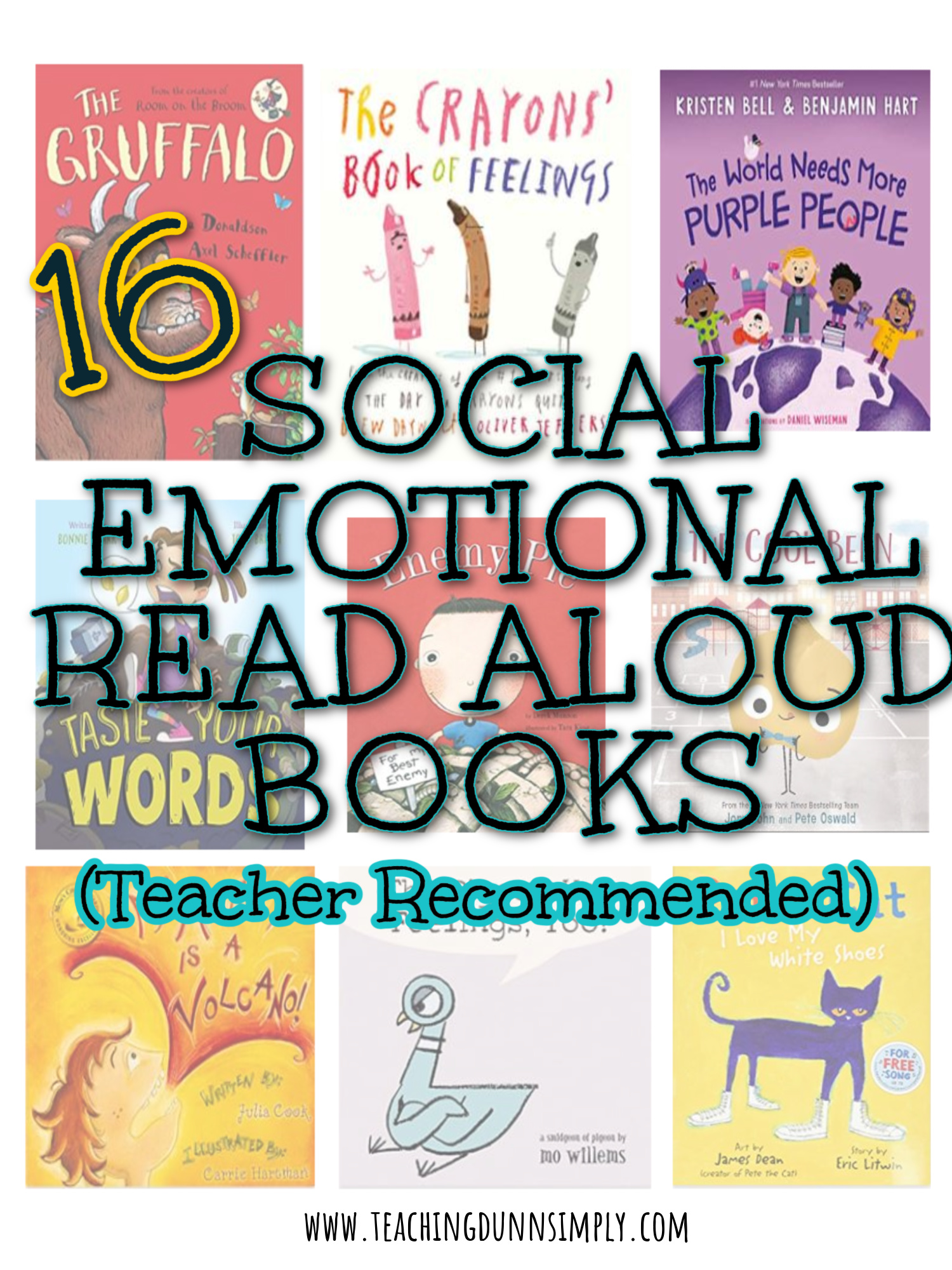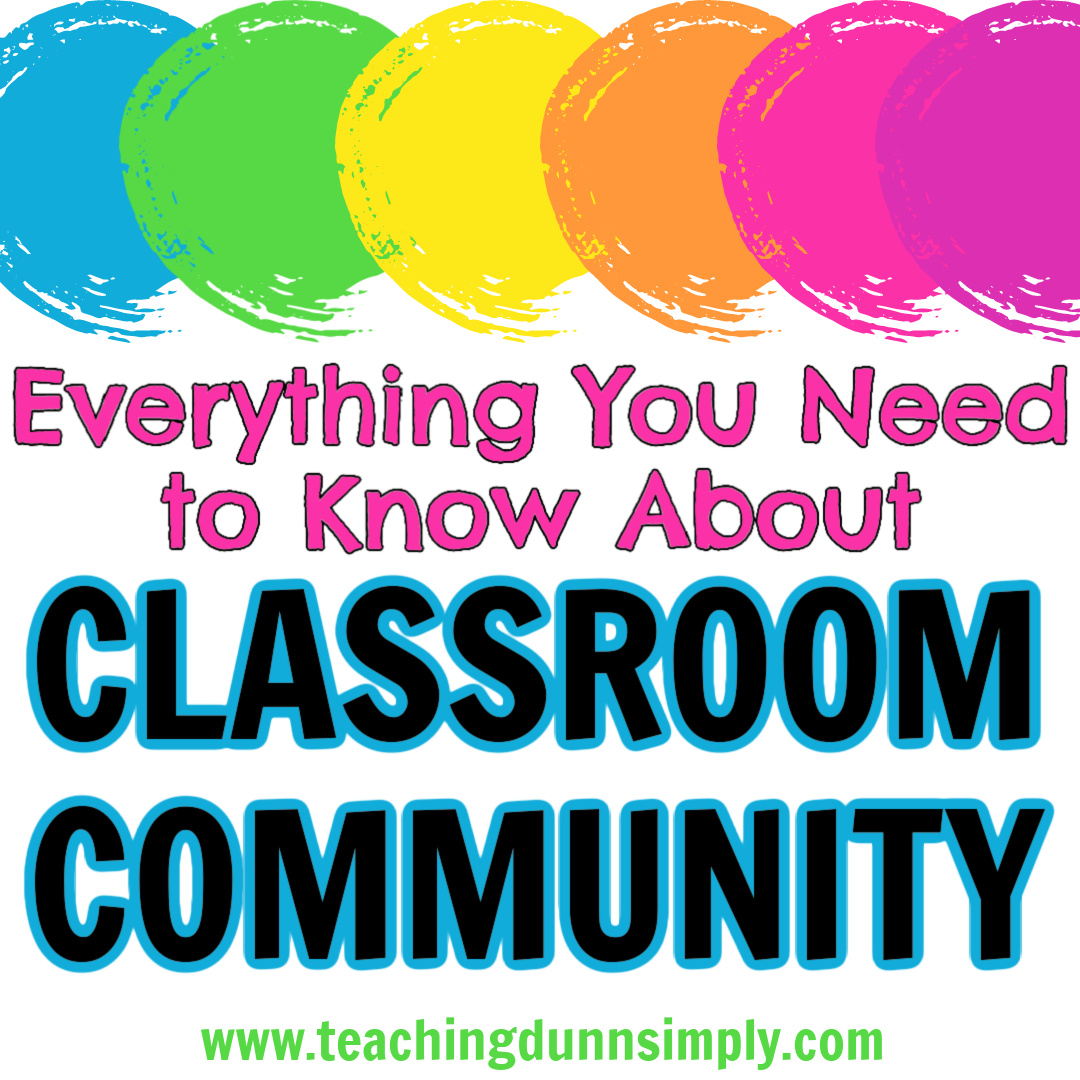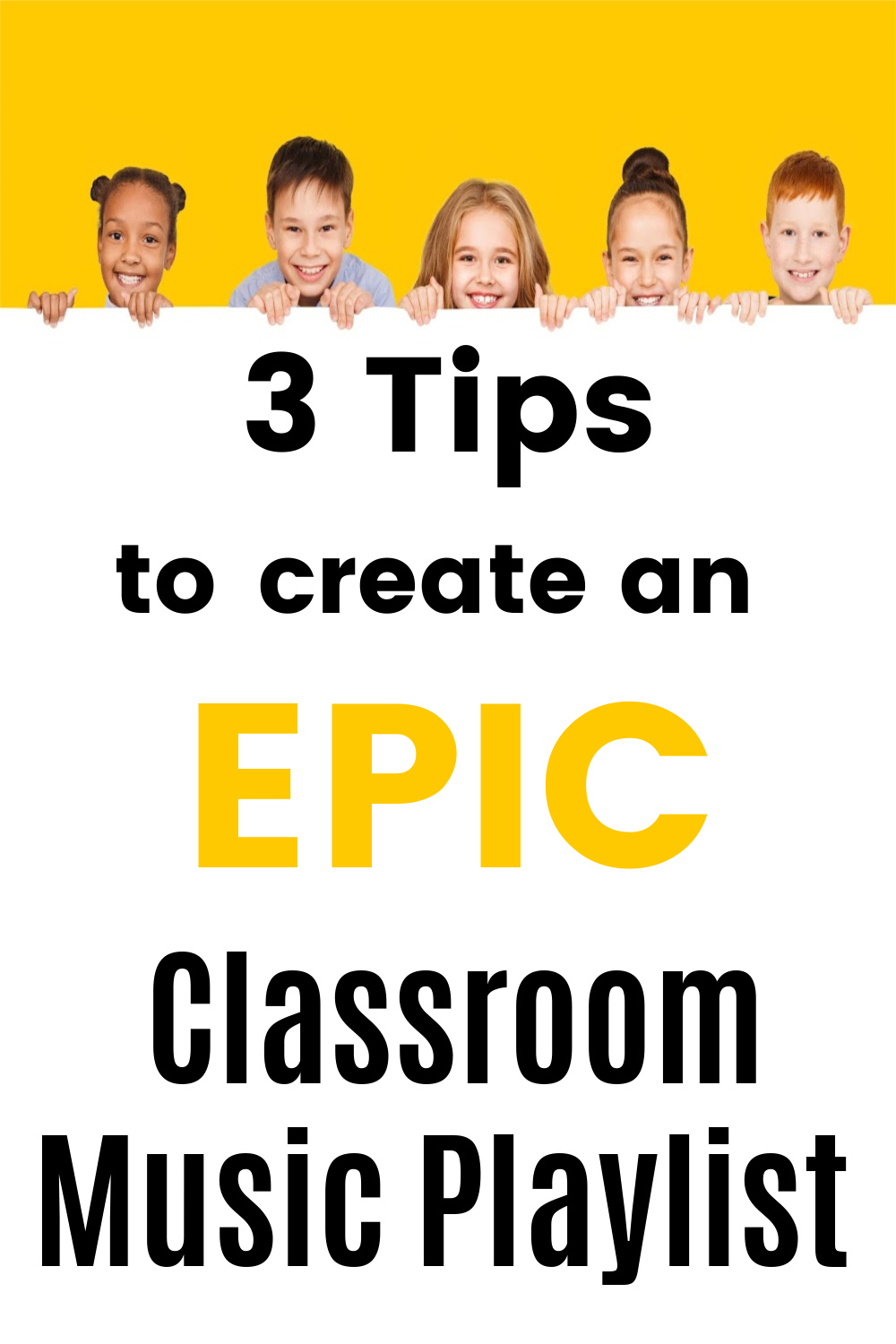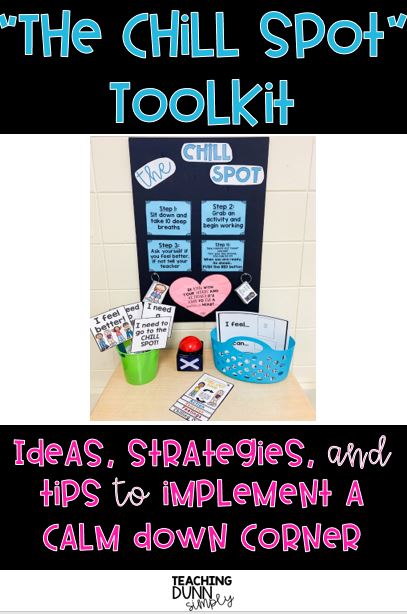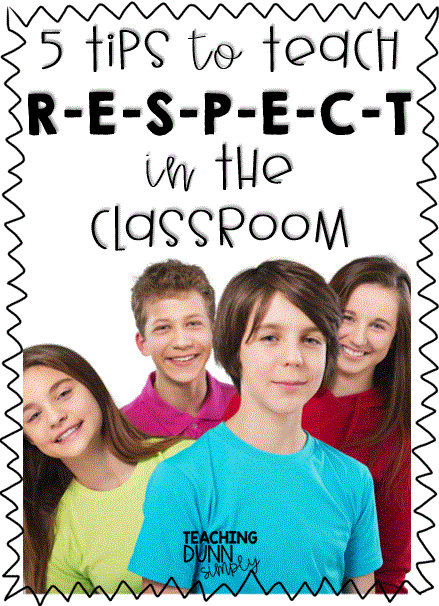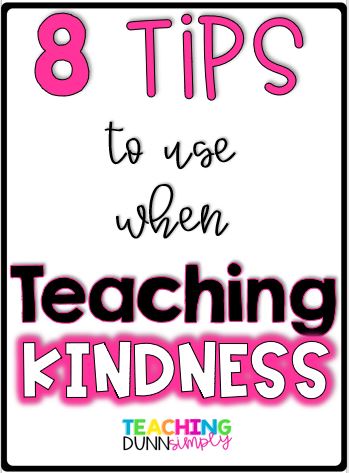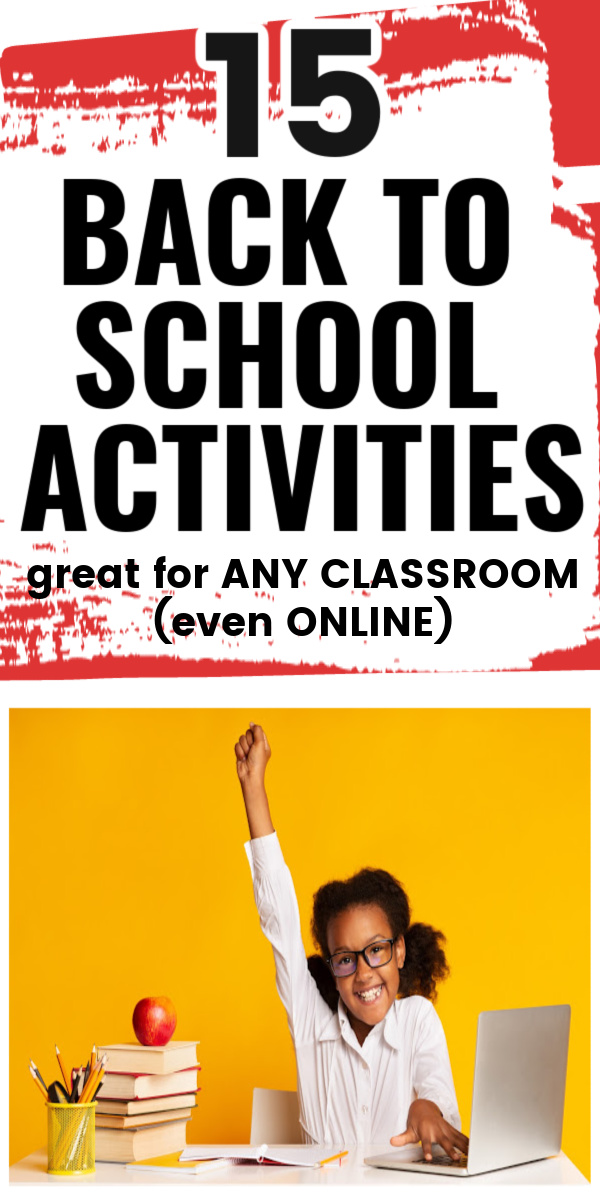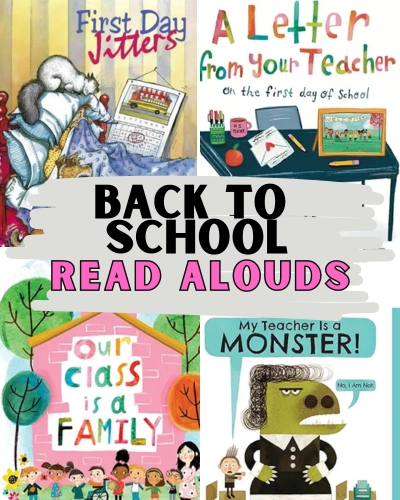- Home
- Classroom Community
- Student Check-in
Student Check-in
Classroom Community Game Changer
The prompts included in Student Check-Ins are carefully crafted to help students develop social-emotional skills such as self-awareness, self-management, social awareness, relationship skills, and responsible decision-making. By engaging in these reflective exercises, students will improve their emotional intelligence, communication skills, and empathy towards others.
Our Student Check-Ins resource is designed to be user-friendly and accessible for teachers. It comes with pre-designed prompts and questions, as well as customizable options, allowing you to tailor the check-ins to the needs of your students. The resource also includes guidance and tips on how to use the prompts effectively, making it easy for you to integrate them into your classroom routine.
Student check-in is a game changer for and a must for ANY classroom. Having an effective student check-in system will help reduce unwanted behaviors, build relationships with students, and help reduce teacher stress.
What Type of Student Check-in System?
How do you want to check on students? What is convenient for you and effective for them? I bring up the convenience of student check-in because this process has to work for you and your students. If this process is overwhelming for you, you will dread it, and I believe it will not be effective in your classroom. Think about it. When you have to implement something in your classroom that you don’t believe in, it often gets half done or not implemented properly.
Student Check in
When is the best time?
The answer is: as much and as often as you would like. Take a minute and consider how this process would work best in your classroom and would best serve your students. You can complete a check-in every day before the morning meeting time, bi-weekly, or monthly. If you teach upper elementary, another option is to assign a student check-in around mid-term and when report cards go home with students.
Student Check-in Questions
These questions should be short, yet meaningful and don't forget to include fun check-in questions. Ask yourself what you really want to know or find out from your students? Again, keep it short and consider the purpose of each question. I would recommend asking 5-10 questions. If you are using a student check-in form every week, I would recommend asking 5 questions. If you are asking student check-in questions bi-monthly or monthly, I recommend asking around 10 questions.
Consider asking questions that evoke emotions and promote character traits and mental health check-in questions for students. Be direct, and do not be confusing. If you are using a digital platform or a student check-in Google Form, use emojis. I recommend using the FREE Emoji Google Chrome extension. I personally use this one and enjoy working with it. It’s easy to use and matches the same emojis on my iPhone. Check it out below.
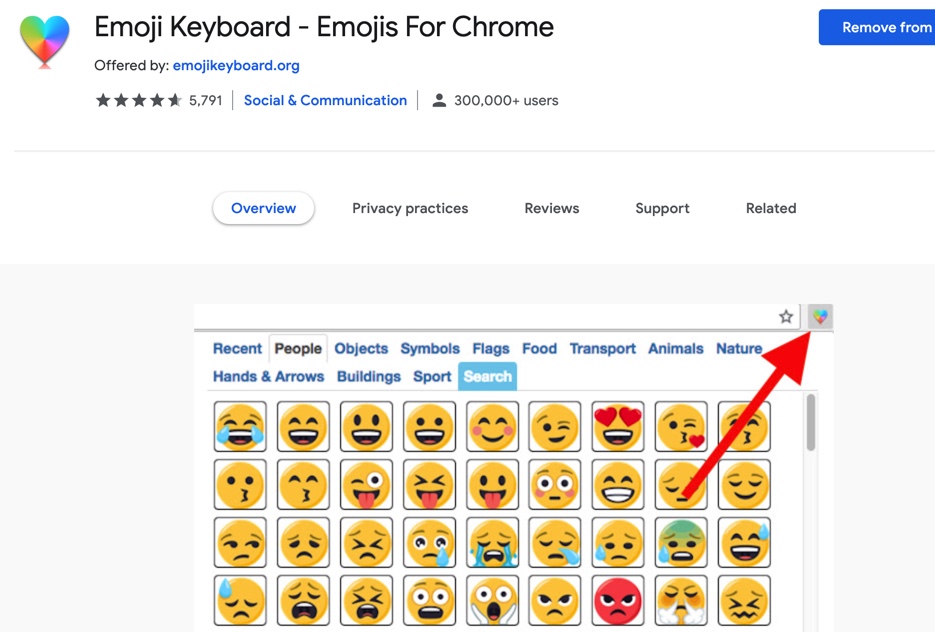
Primary Student Check-in
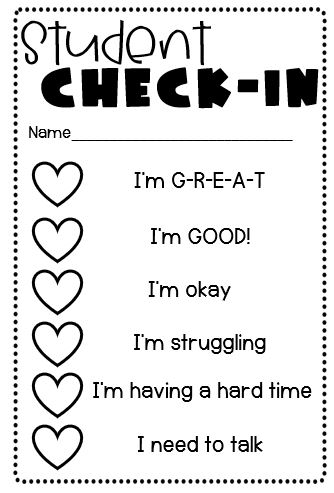
This convenient and highly effective student check-in system for primary-aged children is one that you will use year after year. I recommend using this student check-in system in a couple of ways. Print the student check-in forms on white paper. Using a clothespin with their name written on it, move the clothespin to the heart of their choice. When finished, students can turn the check-in form into a bucket, or you can call students up one at a time to discuss their check-in.
The second option could be for students to color in the heart of their choice. Ask students to color the heart to reflect their feelings. This printable includes a poster to help students identify their feelings. You can laminate these cards and re-use them and have students write their names using a dry erase marker.
Upper Elementary Student Check-in
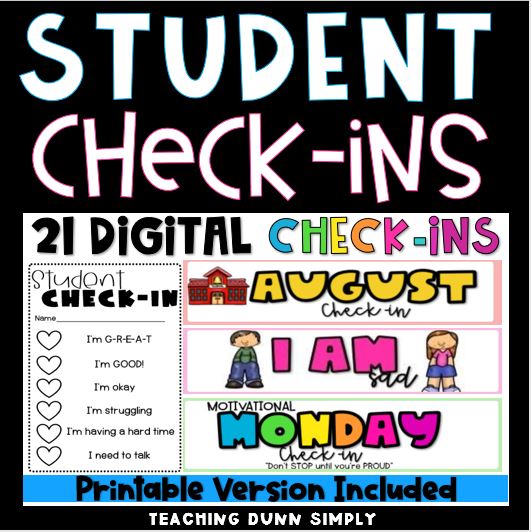
I teach 4th grade but have also taught 3rd. For both grade levels, I implemented the student check-in Google Form. Google Forms are editable and easy to use, and my students are familiar with how to answer and submit questions. I also like that each student check-in is stored on my Google Drive. If I need to go back to a past student check-in Google Form for a parent conference or something like that, it’s easy for me to find and reference.
If you are unable to use a student check-in Google Form, see the directions above in the Primary Student Check-In. A post is included as well.
After the Student Check-in
After students have completed the student check-in form, take some quiet time and read each response carefully. Using student check-in forms is a complete waste of time if you do not plan to read each response. Now, this is a very important part. As a mandated reporter, if a student discloses anything you should report such as neglect or ANY type of abuse, please do this immediately and follow the appropriate protocol.
Students are trusting you with their thoughts and feelings. Please be respectful of this and understand that this is a BIG DEAL! Lots of students have a difficult time sharing and talking about their feelings. Do not take this lightly and handle it with care. If you do feel something should be shared with a counselor or an administrator, ask the student for their permission. Be sure to do a very good job explaining that you would like to help them and believe that talking with a school counselor will help them. Make sure not to break their trust.
Student Check-in Conference
Conference with each and every student after you assign students to complete check-in, whether they are happy, sad, mad, etc. Make sure you tell them you are happy to be their teacher and reassure them that you are there for them. This doesn’t have to take tons of time, just 2-3 minutes per child. If you don’t have time right then, assure students you will speak with each one of them at some point that day.
This conference time is really where you can focus on building relationships with your students. Find something in common with them. Share something about yourself with individual students. If you have a child on your radar or something just seems off with one of your students, use this time to build their trust. This may take time but it is certainly time well spent!
Student Check-in Must Dos
First, keep the student check-ins going throughout the school year. If you are using the paper version, I recommend keeping them in a folder for each student. If you are using the digital version, store them on your Google Drive. At the end of the school year, shred the paper version if students have included any personal information.
Student Check-in System
Student check-ins were a complete game-changer for my classroom. This is a quick way for me to check on my students and for me to make sure they are okay without taking up too much teaching time. I can’t tell you how many times students have asked, “When are we checking in?” They look forward to and appreciate this time.
Utilizing a student check-in system will help you foster relationships and build trust with the students in your classroom. When I first started implementing this strategy in my classroom, a student asked, “Do you really want me to answer these questions? You care how I feel?” This was a punch in my gut. I shockingly realized that many of my students have never been asked how they felt or even ask why they may feel that way.
This is when I knew I would forever implement student check-ins in my classroom, and I encourage you to do the same.
In summary, Student Check-Ins is an essential resource for any teacher who wants to foster a positive and supportive learning environment while supporting social-emotional learning. With its flexible design, engaging prompts, and customizable options, Student Check-Ins will help you develop deeper connections with your students, promote self-reflection and self-awareness, and support the growth of essential social-emotional skills.
